Tokyo University of Science (Department of Architecture, Faculty of Engineering)
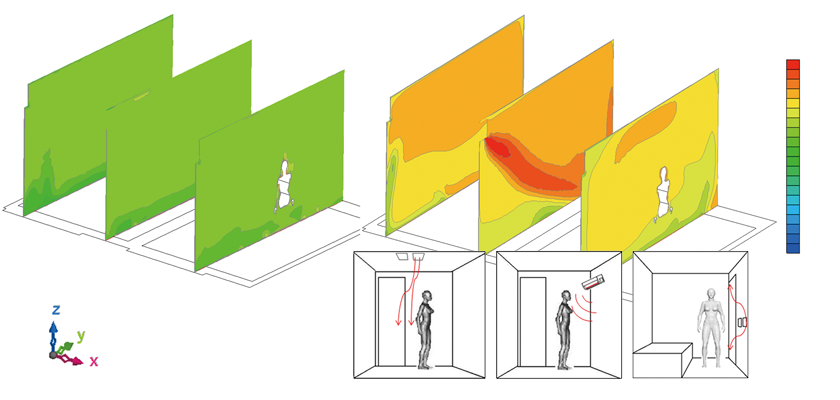
Simulating Human Comfort of Heated Environment and Smoking Room
How indoor airflow affects human comfort is still not fully understood. Professor Takashi Kurabuchi (Picture 1) has been using SC/Tetra to conduct CFD (Computational Fluid Dynamics) simulations in order to investigate indoor airflow in buildings.
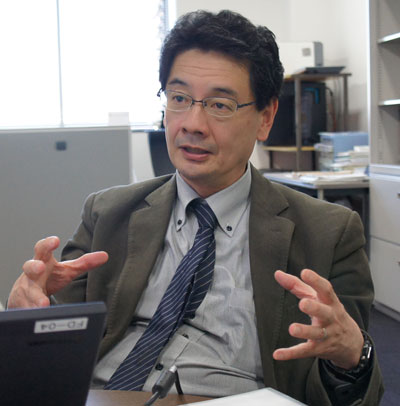
Picture 1: Professor Takashi Kurabuchi (D.Eng.), Department of Architecture, Faculty of Engineering, Tokyo University of Science
The research at the Kurabuchi Laboratory, in the Department of Architecture, Faculty of Engineering at the Tokyo University of Science, involves architecture and building engineering, architectural equipment, and CFD. CFD simulations are used to study ventilation effects and human comfort. Some examples include investigations on air-conditioning energy efficiency, quanification of human comfort, and bathroom heating. Kurabuchi Laboratory studies both residential living and commercial working environment using CFD and experimental results.
When Professor Kurabuchi first started with CFD, he used his own structured mesh code. However, this meant he was the only one who understood the contents of the code. As the code needed to be modified to solve particular fluid problems, his laboratory students found challenging to customize the code. This encouraged Professor Kurabuchi to consider using commercial codes.
Practical Solutions Offered by CFD
Before using commercial CFD tools, Professor Kurabuchi’s research mainly studied how simulation results conformed to real phenomenon. This changed when he started considering using commercial codes. “At that time, fluid analyses results were already fairly accurate. Researchers’ interests shifted toward more practical issues. Some of these included how to use fluid analyses to improve the building environment and optimize facilities,” says Professor Kurabuchi. This encouraged him to start using commercial codes when working problems that were difficult to solve using his in-house code. Since he was using CFD to research the human sensation of warmth, Professor Kurabuchi was looking for a CFD tool, which could flexibly model the human body shape. SC/Tetra, which is equipped with a highly accurate human body thermoregulation model, was the ideal tool.
Analyzing the Effects of Floor Heating and Air-conditioners
One of Professor Kurabuchi's research topics compared the effects of floor heating and wall heating units. The human sensation of warmth, as well as the flow of air, is different for those two heating systems. Professor Kurabuchi conducted CFD simulations and experiments to investigate the heating mechanism of each method and assessed human comfort and energy consumption. Professor Kurabuchi used SC/Tetra for the CFD simulations.The human sensation of warmth was different depending on the type of heating due to the difference in the impact of the convection heat transfer coefficient on the human body surface. When performing the CFD analyses, mesh elements must be flexibly adjusted to the human body geometry to accurately predict the convection heat transfer coefficient. As SC/Tetra was highly capable of controlling the mesh around human body, the analysis results were very accurate.
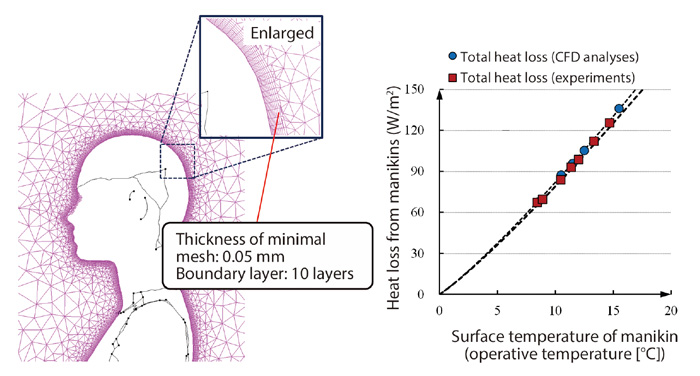
Fig 1: Comparison between fluid analysis and experiment results on a thermal manikin showing thermal conductivity.
Professor Kurabuchi undertook experiments to see how the heat transfer coefficient on a thermal manikin was altered by temperature changes. His experimental results were different from the temperature patterns identified in other engineering evaluations that used objects with simpler geometries. This was due to the increased physical details of the thermal manikin. Professor Kurabuchi accurately reproduced these details in CFD simulations and obtained results that were within the range of error of the experiments. Because of this, he found he could predict heat transfer (Fig 1). “The analysis accuracy was higher than I thought. It’s far more beneficial to use the CFD tool for investigating some phenomena that cannot be accurately represented in experiments. I think the analysis tool is becoming capable of helping us decide, for example, which (design idea) is better (based on the simulation results),” says Professor Kurabuchi.
Using CFD simulation and experiment results, Professor Kurabuchi progressed to solving engineering design problem. His challenge was to evaluate the differences in the indoor environment when using a wall heating unit compared to floor heating. He assumed the same level of warmth would be felt by human subjects in both cases. He also estimated the amount of energy required.
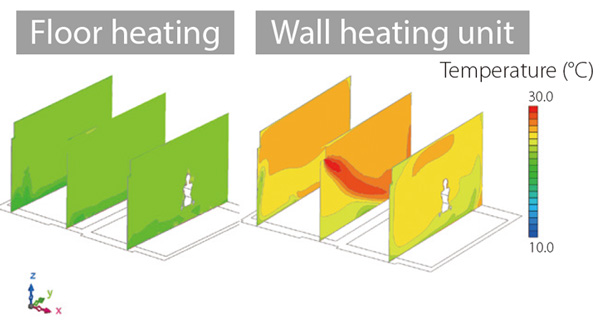
Fig 2: Difference between temperature distribution for thermal manikin depending on types of heating.
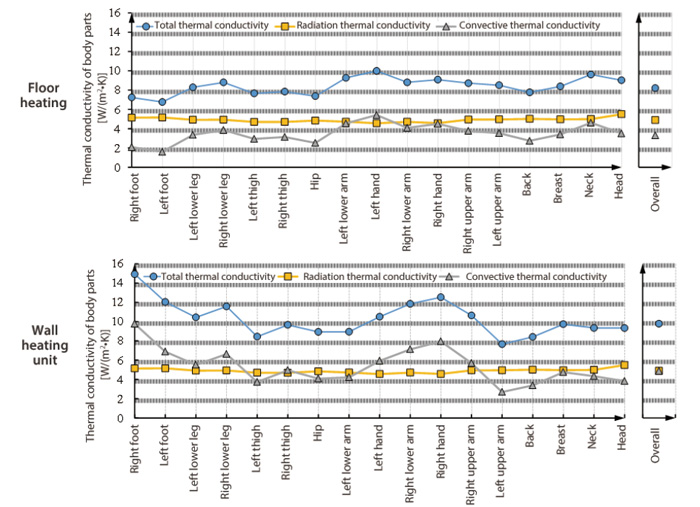
Fig 3: Analysis results of human thermal conductivity between two types of heating.
Fig 2 shows that for both cases, the average heat emission from the thermal manikin is equal, for floor heating and the wall heating unit. However, the room temperature is 3 °C higher when the wall heating unit is used. One of the reasons for this is that the wall is warmer when floor heating is used but the air is cooler. Another reason is that, although the wall heating unit supplies warm air, it feels cooler because of the presence of airflow. Circulating air that is colder than the human body surface temperature creates cooling effects. This is effective in a cooling mode, but not in a heating mode. Since there is no need to increase the air temperature with floor heating, secondary energy consumption can be kept low. Overall, Professor Kurabuchi found that radiative heating methods such as floor heating may be better than convective heating.
Fig 3 shows that values of the radiative heat transfer coefficient using floor heating compared to using a wall heating unit were equally independent of the type of body parts. However, the values of the convective heat transfer coefficient were different depending on the type of heating and type of body parts. The value of the combined heat transfer coefficient was 8 W/(m2•K) with the floor heating, and 10 W/(m2•K) with the wall heating unit. This means about 20 % of the heat is lost when the wall heating units used. In addition, floor heating does not produce a draft, which means that less heat escapes even when the temperature is relatively low. Because of the drafts produced by the wall heating unit, the difference between the human body surface temperature and the room temperature must be kept small. In terms of energy consumption, floor heating required 10 - 20 % less energy than the wall heating unit.
Evaluating a Bathroom Environment
Having used the simulation tool to accurately evaluate human comfort and the amount of energy consumption, Professor Kurabuchi sought further challenges. The heat transfer coefficient on the human body surface is most influential when a person is unclothed. For the elderly, many accidents occur in the bathroom. In Japan where hot baths are commonplace, drowning is the most common cause of accidental household deaths. The capillary veins contract when the room temperature is cold. This increases the resistance imposed on heart and intensifies blood pressure. An elderly person taking a hot bath under these conditions faces a significant risk of a heart attack, subsequent fall, into the bath tub, and subsequent drowning. To reduce this risk, the air temperature in the bathroom should be warm and warm baths are preferable instead of hot baths. In spite of this, the layout of many traditional Japanese houses locates the bathroom outside the insulated sections of the home. Professor Kurabuchi investigated ideal level of bathroom heating to ensure adequate human comfort.
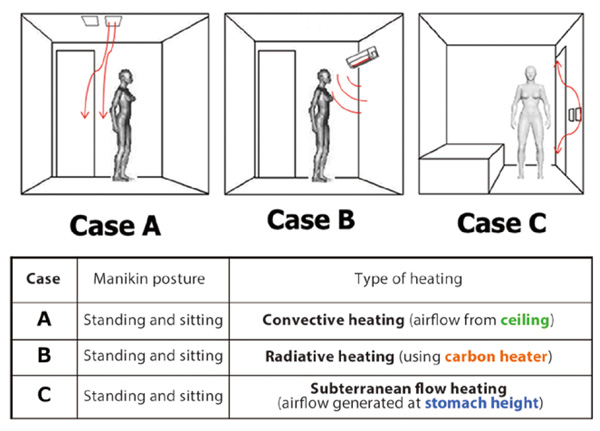
Fig 4: Evaluating the energy efficiency performance and level of comfort for different types of heating.
Professor Kurabuchi simulated the following types of heating: a ceiling mounted heater with a blower that induces convection heating, a carbon heater that creates radiation heating, and an indirect flow heater, that blows air from the side (Fig 4). The indirect flow heater was Professor Kurabuchi's idea.
The simulation results show that radiative heat loss is greater than convective heat loss for a person in a bathroom where the walls of the bathroom are not well insulated. This means that a heating method that improves radiation heating should be used.
The convection heater that blows warm air from the ceiling is commonly used in Japanese houses, but it increases the convective heat transfer. The carbon heater, which is usually mounted high on the wall for safety, only warms the local area around the heater. This creates a high degree of overall thermal discomfort. The temperatures near the floor where the human subject's feet are remain considerably lower for both types of heating. The human body feels colder when it experiences high radiation heat loss. Increasing the wall temperature in the bathroom interior will help minimize the sensation of coldness.。
Professor Kurabuchi proposed the indirect flow heater as an alternative to the traditional methods. The indirect flow heater has the potential to address the problems identified with the two other heating systems. The indirect heating method uses a metallic deflection panel that is attached to the front of a convective heater to redirect the airflow. The panel keeps the air from directly hitting the human body. In addition heat is transferred by radiation from the heated panel to the human subject. The deflection panel was attached to the wall about three feet off the ground. This is at the lower side of a person who is standing. The radiation view factor is highest at this height.

Fig 5: Analysis results of human thermal conductivity when using different types of heating. Click to enlarge.
Professor Kurabuchi analyzed the temperature distributions on the human body surface for the three different heating methods. He assumed the amount of heat loss is always at the same level (Fig 5). The analytical results show that the carbon heater and the indirect flow heating were both energy efficient in terms of secondary energy consumption. The variance in sensible heat loss between different body parts was the lowest using the indirect heating method. The indirect heating method achieved both the highest human comfort levels and was the most energy-efficient.
Simulating the Airflow in Smoking Room
Unlike the extensive fluid/thermal research often performed on commercial and industrial products, few detailed investigations have been performed on airflow in buildings, especially on indoor airflow that involved moving objects. To accurately model indoor airflow, engineers must consider the movement of people and opening and closing of doors. Contaminant control may also be necessary for smoking rooms and bathrooms. Despite these requirements, no significant body of airflow research involving opening and closing doors and movement of people has been performed.
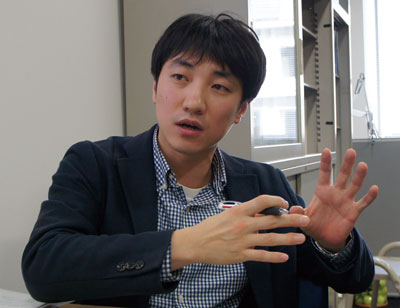
Picture 2: Dr. Sihwan Lee, Assistant Professor (Ph.D.), Department of Architecture, Faculty of Engineering, Tokyo University of Science
Assistant Professor, Dr. Sihwan Lee from the Kurabuchi Laboratory (Picture 2) has investigated how the airflow in a designated smoking room changes when the door opens and closes. He used SC/Tetra to determine whether simulation could accurately represent the airflow by comparing calculated results to experimental results. Although Dr. Lee could not perfectly reproduce the real-time characteristics of turbulence, he identified the correct trends for the ensemble average flow characteristics when compared to flow visualization results from the experiments.
Dr. Lee conducted further investigations to determine the factors that can lead to air leakage from the room. He confirmed that opening and closing the door, as well as human movements, significantly affected the amount of leakage.
The amount of leakage from the room may vary depending on how the leakage is measured and the kind of door that is used, such as sliding doors or swinging doors. In Dr. Lee's simulations, the amount of leakage was much less with sliding doors, and the people movement did not affect the leakage thorough the sliding door as much as expected. Dr. Lee wants to evaluate how the shape of the door and the use of air curtains can influence the leakage. He is also interested in exploring how the leakage mechanism may change depending on the surroundings, such as restaurants.
Expectations for Diverse Functions
Different CFD tools can have different strengths. Because of this, the Kurabuchi Laboratory uses many tools and selects the most appropriate one for case being studied. “Software Cradle responds fast to our inquiries. Their engineers are thorough with the support. They give very detailed answers to the questions from our students,” says Professor Kurabuchi.
Intending to extend his students’ interests in CFD through classwork, Professor Kurabuchi gives them regular simulation assignments. These can consist of using structured mesh tools to model and analyze a situation they encounter in their daily lives. “One student analyzed the airflow in a restaurant where he works part-time. Another student analyzed the airflow in our classroom. I think they enjoy going through the analysis processes. They especially like visualizing the invisible air and animating the flow,” says Professor Kurabuchi. The students in the Kurabuchi Laboratory will use SC/Tetra when they perform analyses for research.
Professor Kurabuchi comments: “The processing capability of SC/Tetra is remarkable when dealing with heat transfer of the human body and moving mesh elements. I hope that further development will be made on this, as other CFD tools are not capable of processing to this extent.” The wide range of possible airflow research topics Professor Kurabuchi is considering includes investigation of a walking human, bathroom environments, and the effects of a mist-generating system that is installed at the Kagurazaka campus every summer. “Recent research has focused on understanding the mechanisms of new phenomena. I think that having diverse a range of functions will be helpful for such analyses,” says Professor Kurabuchi.
Professor Kurabuchi says: “Analysis tools can be far more accurate than experiments in some cases. They It can also be useful for multi-dimensional angled evaluations. For example, it is difficult to conduct experiments and make measurements for transient phenomena in a smoking room. But if we can validate an analytical simulation draw a comparison with for a testable case, and if a certain level of accuracy is ensured, we can use the CFD tool to evaluate other various ideas with confidencewithout problems. I’m expecting to see more of this research approach,” says Professor Kurabuchi. SC/Tetra is indispensable to the Kurabuchi Laboratory and will be used to evaluate the comfort levels throughout a diverse range of of residential environments in diverse fields.

Tokyo University of Science
(Department of Architecture, Faculty of Engineering)
- Establishment of University: 1881
- Establishment of Department: 1962
- Location: Katsushika-ku, Tokyo, Japan
- Type of University: Private
*All product and service names mentioned are registered trademarks or trademarks of their respective companies.
*Contents and specifications of products are as of April 1, 2015 and subject to change without notice. We shall not be held liable for any errors in figures and pictures, or any typographical errors.
Download


